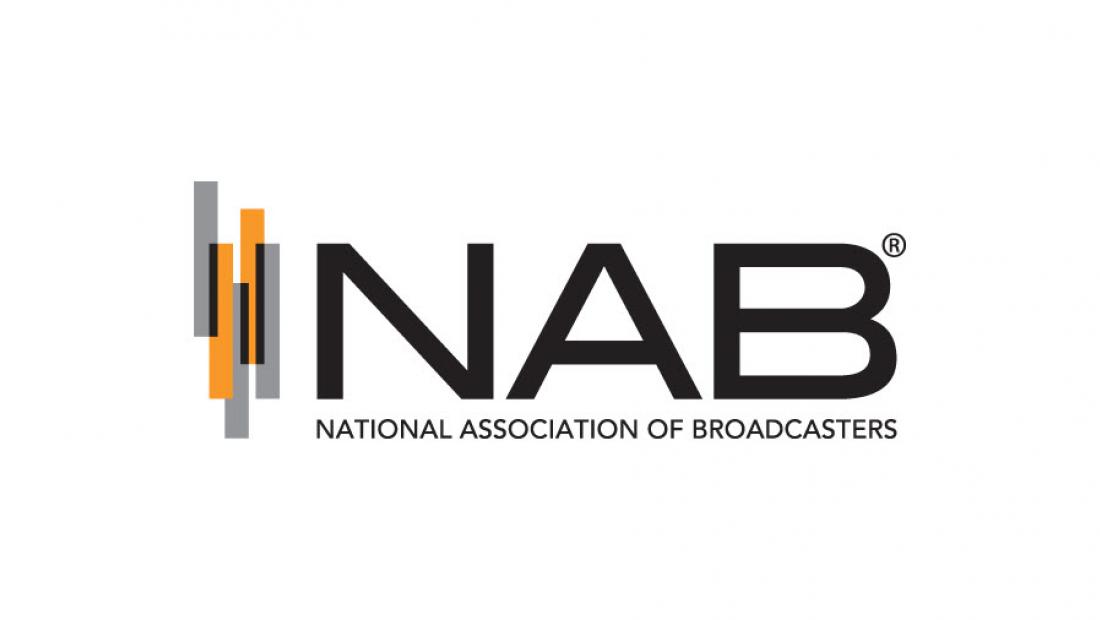NAB: Spectrum Plan Must Be Based in Sound Engineering, Not 5G 'Slogans'

Like cable operators and computer companies, broadcasters want the government to take a balanced approach to its proposed new national spectrum strategy.
But while the first two talked about balancing licensed and unlicensed spectrum as dual priorities, the National Association of Broadcasters wants it to balance the opportunities for increased spectrum efficiency with protecting existing uses of spectrum on which the public relies. Actually, cable operators are in agreement on that point, at least as it related to an FCC proposal to share the C-band spectrum that both cable operators and broadcasters use for program distribution.
Related: Senators Press FCC for Action on White Spaces
Broadcasters made their case in comments to the National Telecommunications & Information Administration, which is collecting stakeholder input on a White House call for creating that national spectrum strategy, which includes both sharing of government spectrum and clearing new spectrum for broadband.
NAB pointed out it has been working with the Department of Defense on spectrum sharing in the 2025-2110 MHz band, and its takeaway has been that sharing poses "complex challenges" that have yet to be resolved.
As to sharing the "white spaces" in the TV spectrum band for unlicensed use, as Google and Microsoft have been pushing, NAB said to date that effort has been a failure—Google said the opposite—"despite being sold to regulators as 'Wi-Fi' on steroids."
NAB said TV white spaces (TWVS) has been an empty promise, with few devices deployed, likely because the database system policies were flawed and there was no effective enforcement, and a database system that can't effectively prevent harmful interference to viewers' TV station signals.
Broadcasting & Cable Newsletter
The smarter way to stay on top of broadcasting and cable industry. Sign up below
"The failed TVWS experiment demonstrates that database-driven spectrum access systems are still in their infancy and cannot be relied on for near-term deployments or network configurations," NAB told NTIA, the president's chief communications policy adviser.
NAB concedes that demands for wireless data are increasing, but it said more spectrum is not the only solution, particularly given that it said there is "considerable spectrum lying dormant because it was purchased by speculators with no clear plan for deployment."
It also said carriers can increase capacity via more infrastructure investment and R&D. As to the invocation of the need to "win" the race to 5G, NAB had a word of caution: "We respectfully urge NTIA not to accept marketing slogans around 5G or other services as a substitute for sound engineering analysis and consideration of the public policy interests at stake in protecting existing uses of spectrum."
Contributing editor John Eggerton has been an editor and/or writer on media regulation, legislation and policy for over four decades, including covering the FCC, FTC, Congress, the major media trade associations, and the federal courts. In addition to Multichannel News and Broadcasting + Cable, his work has appeared in Radio World, TV Technology, TV Fax, This Week in Consumer Electronics, Variety and the Encyclopedia Britannica.

